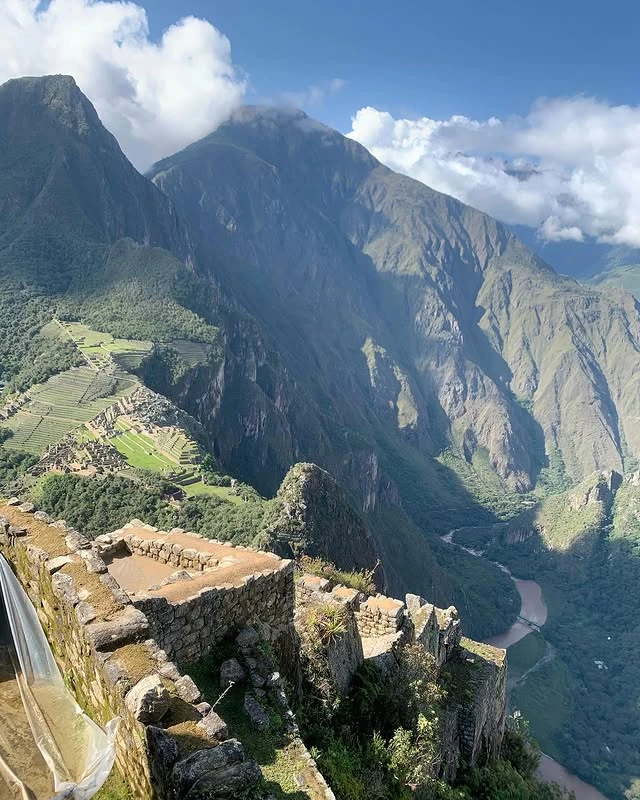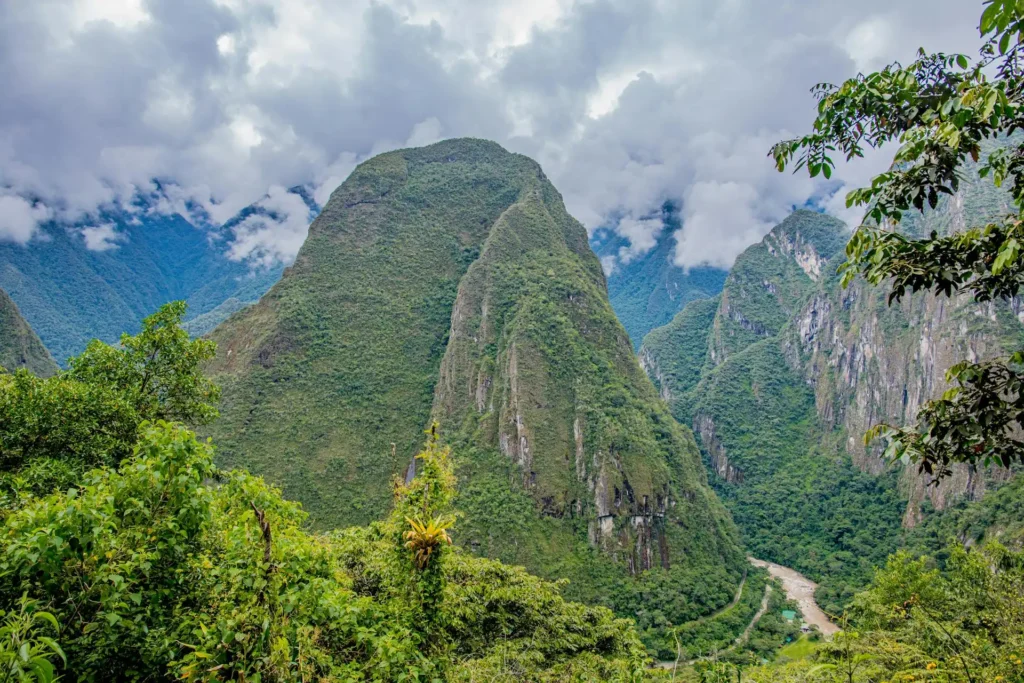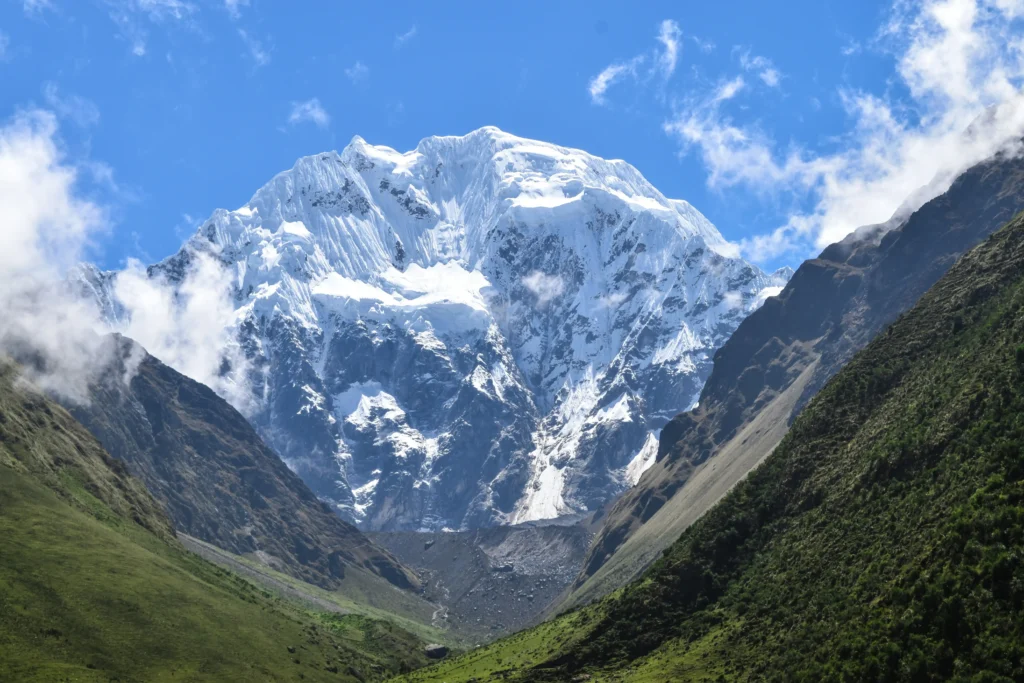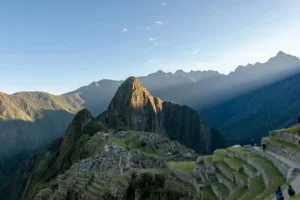Machu Picchu, one of the most renowned tourist destinations in the world, is not only famous for its history and architecture but also for its location in the Peruvian Andes. For many travelers, understanding the altitude and geographical aspects of this iconic site is essential before embarking on the adventure.
Here at Machu Picchu Wayna, we provide all the necessary information about the altitude of Machu Picchu, the nearby mountains, and the most common questions about the elevation.
Where Is Machu Picchu Located?
Exact Location on the Map
Machu Picchu is located in the Cusco region, specifically in the Urubamba province, district of Aguas Calientes. It is approximately 130 kilometers northwest of Cusco, at an altitude of 2,430 meters above sea level. This archaeological site is situated on the eastern slope of the Vilcabamba Mountain Range, nestled between mountains and surrounded by the Urubamba River.
Machu Picchu’s strategic position connects it with other important Inca cities. Its location allowed the ancient Incas to take advantage of the natural topography for defense and agriculture.
Geographical Importance of Machu Picchu
The geography of Machu Picchu was not only crucial for its construction but also for its preservation. The citadel is located in a natural setting that combines mountainous landscapes, unique biodiversity, and favorable climatic conditions. Its position along a narrow promontory between Huayna Picchu and Machu Picchu Mountain provides spectacular views and a special connection with nature.
Altitude of Machu Picchu and Nearby Mountains
Altitude of Machu Picchu
The exact altitude of the Machu Picchu citadel is 2,430 meters above sea level (masl). This places it at a moderate altitude compared to Cusco, which is at 3,399 masl.
This is significant because, for many travelers, the altitude of Machu Picchu is more comfortable and less likely to cause altitude sickness than Cusco.
Huayna Picchu: Height and Difficulty Level
Huayna Picchu, also known as the “Young Mountain,” is one of the most photographed mountains alongside the citadel. Its altitude reaches 2,720 meters above sea level, which means a climb of 290 meters from Machu Picchu. Although the ascent can be challenging due to steep and narrow trails, the panoramic views it offers make the effort worthwhile.

Other Nearby Mountains: Putucusi and Salkantay
Putucusi: This mountain has an altitude of 2,560 meters above sea level and is known for its challenging trekking route, which includes wooden ladders and steep trails.

Salkantay: Although not directly in the immediate vicinity of Machu Picchu, the Salkantay snow-capped mountain, at 6,271 meters above sea level, dominates the horizon of the Peruvian Andes and is part of alternative routes such as the Salkantay Trek.

Frequently Asked Questions About Machu Picchu’s Altitude
Is It Dangerous to Visit Machu Picchu Because of the Altitude?
Generally, the altitude of Machu Picchu does not pose a significant risk for most tourists. However, some people may experience mild symptoms of altitude sickness, especially if they have not had time to acclimatize in Cusco or another city at an intermediate altitude.
Common symptoms include dizziness, headache, and fatigue.
How High Is the Hike to Huayna Picchu?
The hike to Huayna Picchu reaches an altitude of approximately 2,720 meters above sea level. The ascent is challenging due to the incline and altitude; however, most visitors can complete it without issues if they maintain a steady pace and take frequent breaks.
It is essential to wear proper footwear and bring water.
Is It Necessary to Acclimatize in Cusco Before Visiting Machu Picchu?
Yes, acclimatizing in Cusco or a nearby city is highly recommended. Spending at least two days in Cusco before visiting Machu Picchu helps the body adapt to the altitude and reduces the risk of experiencing altitude sickness. During this time, it is advisable to avoid alcohol and maintain good hydration.

